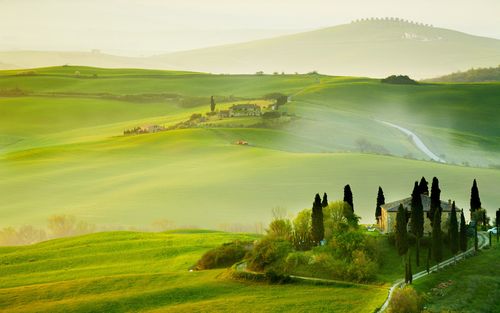Unraveling the Magnificence of Pakistan’s Cultural Heritage
Pakistan is a country rich in cultural heritage and history that spans thousands of years. From the ancient Indus Valley Civilization to the present day, Pakistan has been shaped by numerous influences, including the Mughal Empire, British colonial rule, and Islamic traditions. In this article, we’ll explore some of the fascinating aspects of Pakistan’s cultural heritage and uncover the country’s hidden treasures.
The Indus Valley Civilization
The Indus Valley Civilization was one of the earliest human civilizations, flourishing in what is now Pakistan over 4,000 years ago. The civilization was characterized by well-planned cities, advanced systems of agriculture, and a sophisticated trade network. The ruins of the ancient city of Mohenjo-daro, in particular, provide a glimpse into this remarkable civilization and its legacy.
The Mughal Empire
The Mughal Empire ruled over the Indian subcontinent for over two centuries, leaving behind a wealth of architectural and artistic treasures. Many of the most iconic buildings in Pakistan were built during this time, including the Lahore Fort and the Badshahi Mosque. The Mughals were also famous for their art and literature, with works such as the Taj Mahal standing as a testament to their creativity and skill.
British Colonial Rule
Pakistan’s history also includes a period of British colonial rule, during which time the country underwent significant changes. The British introduced new forms of governance, education, and industry, leaving their mark on Pakistan’s political and economic landscape. Today, many of the country’s landmarks from this period, such as the Quaid-e-Azam Residency, have been preserved and provide insight into this era.
Islamic Heritage
Islam has played a central role in shaping Pakistan’s cultural heritage, with the country being the birthplace of several prominent Islamic scholars and mystics. Sufism, in particular, has left a lasting mark on the country, with numerous Sufi shrines and dargahs scattered throughout the country. The Islamic influence can also be seen in the country’s art and architecture, with intricate calligraphy and geometric patterns featuring prominently.
Preserving Pakistan’s Cultural Heritage
Despite its rich cultural heritage, Pakistan’s history has often been overlooked and neglected. However, in recent years, there has been a growing awareness of the importance of preserving the country’s cultural treasures. Efforts are underway to restore and protect many of the historical landmarks and works of art, helping to showcase Pakistan’s remarkable past.
In conclusion, Pakistan’s cultural heritage is a testament to its rich and diverse history. From the Indus Valley Civilization to the Mughal Empire and beyond, the country’s past has shaped its present and will continue to influence its future. By preserving and celebrating Pakistan’s cultural heritage, we can gain a greater appreciation of the country’s unique identity and its place in the world.
(Note: Do you have knowledge or insights to share? Unlock new opportunities and expand your reach by joining our authors team. Click Registration to join us and share your expertise with our readers.)
Speech tips:
Please note that any statements involving politics will not be approved.
